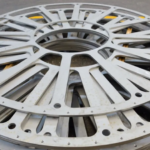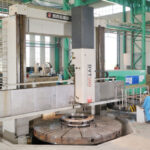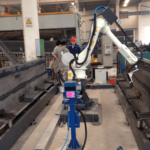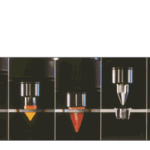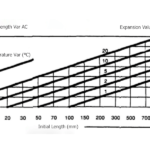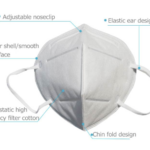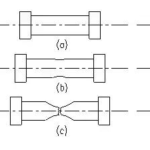Popular welding process in metal fabrication
The most popular welding processes used in metal fabrication include gas metal arc welding(GMAW), flux-cored arc welding (FCAW), shielded metal arc welding (SMAW), gas tungsten arc welding (GTAW), oxyacetylene welding (OAW), and torch or oxyfuel brazing (TB). The two most popular thermal cutting processes are oxyacetylene cutting (OAW) and plasma arc cutting (PAC).
Welders, like many professionals, have developed jargon, nonstandard terms for many of the welding processes. For example, the oxyacetylene welding process is a part of the larger group of processes known as oxyfuel gas welding (OFW). Sometimes it is referred to as gas welding and torch welding. Shielded metal arc welding is sometimes referred to as stick welding, rod welding, or just arc welding. As you begin your work career, you will learn the various names used in your area, but you should always keep in mind and use the more formal terms whenever possible.
Gas metal arc welding (GMAW) uses a solid electrode wire that is continuously fed from a spool, through the welding cable assembly, and out through the gun. A shielding gas flows through a separate tube in the cable assembly, out of the welding gun nozzle, and around the electrode wire. The welding power flows through a cable in the cable assembly and is transferred to the electrode wire at the welding gun. The GMA weld is produced as the arc melts the end of the continuously fed filler electrode wire and the surface of the base metal. The molten electrode metal transfers across the arc and becomes part of the weld. The gas shield flows out of the welding gun nozzle to protect the molten weld from atmospheric contamination.
Flux cored arc welding (FCAW) uses a flux core electrode wire that is continuously fed from a spool, through the welding cable assembly, and out through the gun. The welding power also flows through the cable assembly. Some welding electrode wire types must be used with a shielding gas, as in GMA welding, but others have enough shielding, which is produced as the flux core vaporizes. The welding current melts both the filler wire and the base metal. When some of the flux vaporizes, it forms a gaseous cloud that protects the surface of the weld. Some of the flux that melts travels across the arc with the molten filler metal where it enters the molten weld pool. Inside the molten weld metal, the flux gathers up impurities and floats them to the surface where it forms a slag covering on the weld as it cools.
Shielded metal arc welding (SMAW) uses a 14-in.-(350-mm) long consumable stick electrode that both conducts the welding current from the electrode holder to the work and as the arc melts the end of the electrode away, it becomes part of the weld metal. The welding arc vaporizes the solid flux that covers the electrode so that it forms an expanding gaseous cloud to protect the molten weld metal. In addition to protecting molten weld metal, fluxes also perform a number of beneficial functions for the weld, depending on the type of electrode being used.
Gas tungsten arc welding (GTAW) uses a non-consumable electrode made of tungsten. In GTA welding the arc between the electrode and the base metal melts the base metal and the end of the filler metal as it is manually dipped into the molten weld pool. A shielding gas flowing from the gun nozzle protects the molten weld metal from atmospheric contamination. A foot or thumb remote-control switch may be added to the basic GTA welding set up to allow the welder better control. This remote-control switch is often used to start and stop the welding current as well as make adjustments in the power level.
Oxyacetylene welding (OAW) and torch or oxyfuel brazing (TB) can be done with the same equipment, and oxyfuel gas cutting (OFC) uses very similar equipment.
In OA welding and TB, a high-temperature flame is produced at the torch tip by burning oxygen and fuel gas. The most common fuel gas is acetylene; however, other combinations of oxygen and fuel gases (oxyfuel gas) can be used for weldings such as hydrogen, Mapp, or propane. In welding, the base metal is melted, and filler metal may be added to reinforce the weld. No flux is required to make a weld.
In TB, the metal is heated to a sufficient temperature but below its melting point so that a brazing alloy can be melted and bond to the hot base metal. Flux may be used to help the brazing alloy bond to the base metal. Both welding and TB are used primarily on smaller, thinner-gauge metals.
Openex is a professional machining and metal fabrication service provider. We provide a comprehensive range of custom metal fabrication services to customers around the globe. Any requirements, feel free to contact us.
Link to this article:Popular welding process in metal fabrication
Reprint Statement: If there are no special instructions, all articles on this site are original. Please indicate the source for reprinting.:Casting Wiki,THANKS!^^

